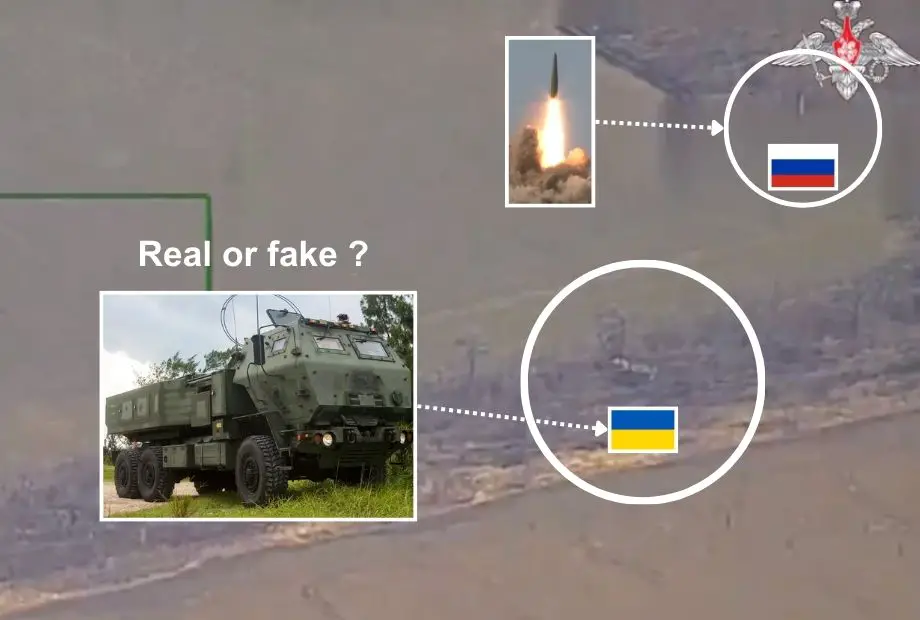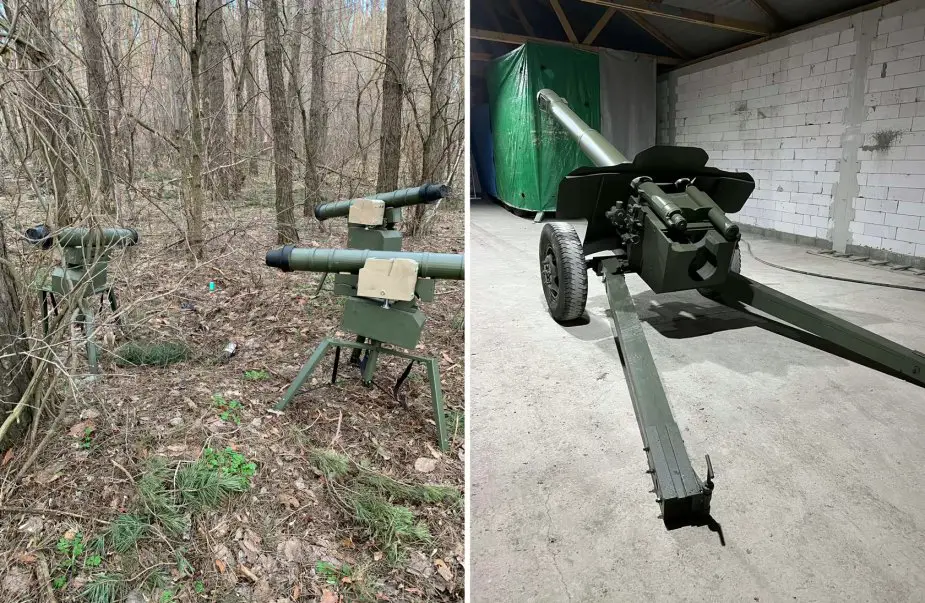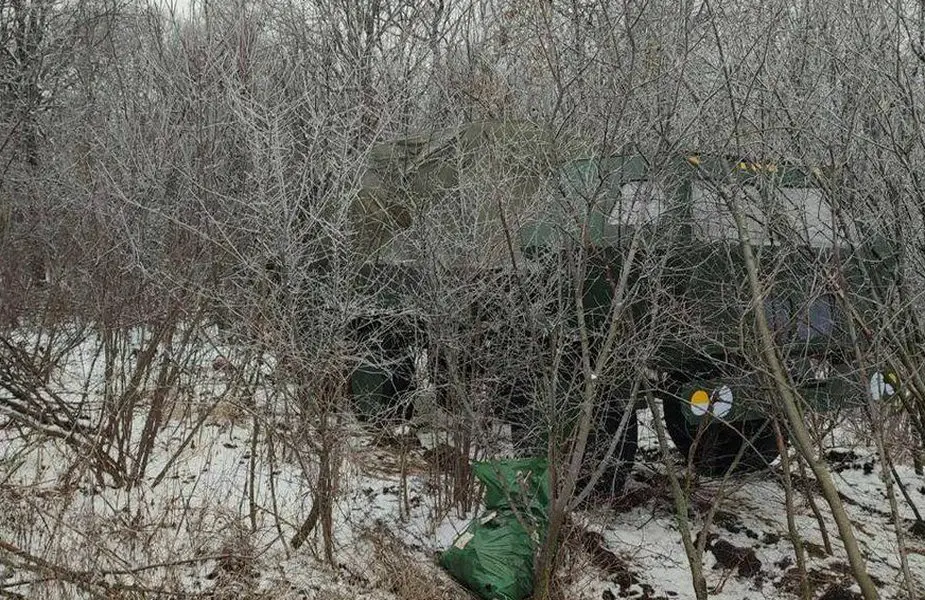- Army
- Conflicts in the world
- Israel - Iran conflict 2025
- Pakistan - India Conflict 2025
- Russia Ukraine War 2022
- Libya conflict day by day
- HAMAS - Israel War 2023
- Operation Serval in Mali French Army
- Sangaris operation Central African Republic
- Sangaris opération militaire République Centreafrique
- Ukraine - Russia conflict
- Syria conflict news
- Defence & Security Industry Technology
- Armies in the world
- Analysis Defense and Security Industry
- Conflicts in the world
- Navy
- Air
Analysis: Ukraine's mastery of decoy warfare named fortitude
On March 12, 2024, a HIMARS was targeted by a Russian strike carried out by an Iskander-M OTRK missile, confirming the destruction of what appears to be a multiple rocket launcher at first glance. However, the destruction of the HIMARS does not imply the presence of a large explosion typical of explosive charges set off by a strike. The undisguised and isolated position of the HIMARS is surprising, as the Ukrainians tend, for several weeks, to hide their valuable artillery systems.
Follow Army Recognition on Google News at this link

Seconds before the destruction of the alleged HIMARS-style decoy on March 12, 2024. (Picture source: army recognition)
An article published in The Washington Post in August 2022 shed light on how the Russian army targeted decoy installations, mistaking them for HIMARS multiple-launch rocket systems. The Russian Defence Ministry boasted about destroying these decoys almost daily, even expending costly Kalibr missiles in the process.
The extent of the deception was further exposed when it was revealed that a major Ukrainian business had meticulously crafted replicas of HIMARS launchers, indistinguishable from the real ones. These decoys not only served as bait for Russian missiles but also facilitated the identification and removal of potential spies within Ukrainian ranks.
Metinvest, an international group of steel and mining companies, emerged as a key player in this covert operation, manufacturing over 250 mock-ups of radar stations and artillery pieces for the Ukrainian Armed Forces. The company's production of fake weapons garnered attention from prominent international media outlets such as The Guardian, Financial Times, and CNN.
Despite inquiries into the types of weapons being replicated, Metinvest remained tight-lipped, directing inquiries to the Ukrainian military. However, social media updates from the company showcased the destruction of Ukrainian-made radar decoys by Russian forces.
Russian public speakers facing several destroyed decoys were forced to acknowledge the quality of Ukrainian decoys, with reports surfacing of Russian troops looting a mock-up of a Sentinel radar station.
At the beginning during the first months of the full-scale war, Ukrainian defenders camouflaged their weapons to deceive the Russians, preserving their combat capability and equipment. Members of the Movement to Support the Zakarpattia Military – Vynohradiv Office organization and other volunteers made their first Stugna anti-tank guided missile system decoy from metal, plastic drainage pipes and wood.
Soldiers ironize on the stugna's realism, "the main problem with those decoys is that they don't shoot, but everything else is identical to the original,"
The cost breakdown is interesting: initially, the production cost for the first Stugna decoys was about $78 each. Later, they cost only about $26. In total, they sent up to 200 such fakes to the front line.
Finally, this homemade decoy was ordered by general staff and techniques developed on D20 artillery guns, we can't be sure this order will change the way of war but according to the decoy's destruction, costs aren't negligible for Russia.
The Ukrainian army has named this operation "Fortitude," a name loaded with history. It refers to the operation carried out in 1944 by the British, which involved deploying a series of inflatable structures to make the Germans believe in the existence of a landing operation in the Pas-de-Calais region of France, rather than in Normandy, which was the actual location of the landing—this operation in 1944 enlisted artists and craftsmen to create inflatable or wooden vehicles.
The idea of creating military units responsible for camouflage and masking weapons, including through the use of dummies and decoys, is not exactly new. Posters advertising positions with a new unit of the US Army appeared at art schools, theatres, and advertising agencies in New York, Boston, Philadelphia, Cleveland, and other American cities in the spring of 1943. Artistic talents and creativity were listed among useful skills.
A year later, in June 1944, a top-secret Ghost Army military unit – known officially as the 23rd Headquarters Special Troops – was created. It consisted mostly of artists, architects, designers, sound engineers, set designers, and decorators, who are known to dissimulate military industry to avoid Japanese bombers in 1944

Examples of Stugna decoys and D20 decoys. (Picture source: Open source)

Czech HIMARS-style decoy near the East frontline, place and date unknown. (Picture source: open source)
Defense News March 2024


























